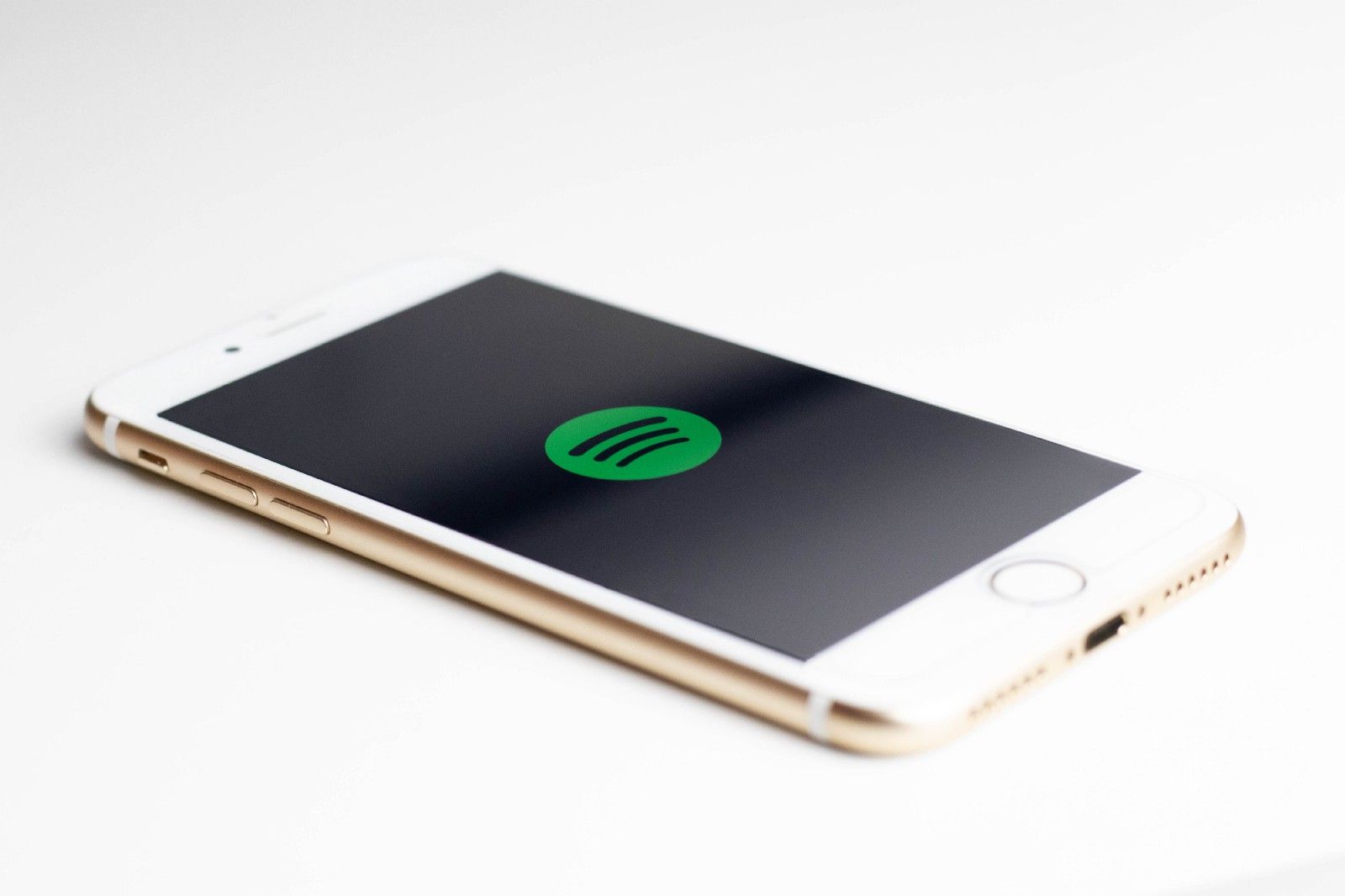I’m not subscribing to your SaaS
The business model of Sketch and why it’s perfect
5 minute read
( )
This post is also available in different formats so you can read on the go or share it around!
The problem with subscriptions
It seems that everywhere you look new products are vying for your attention and more often than not, they’re subscription services. I don’t always have a problem with subscriptions but sometimes the justification for a subscription seems tenuous at best.
I pay monthly for Apple Music, Netflix, Amazon Prime, Digital Ocean, and Ocado Smart Pass to name a few services. Why do I pay for these? They provide tangible value. In the case of Netflix and Apple Music, I’m paying for the existing catalogue of content and the promise of new releases. It’s also the convenience of having access to the library on the devices I need. I pay for Digital Ocean for hosting because I like their product and it provides hosting services for some websites I own . You get the idea. I don’t mind paying for subscriptions where I get real value on a regular basis. I however, don’t see the point in everything being a subscription.
I’m not going to point fingers, so here are some generic examples I’ve seen recently that shouldn’t be a subscription service.
A writing app that analyses your writing and helps you write better.
Is the idea solid? Yes.
Does it look easy to use and powerful? Definitely.
How much does it cost? $15 a month.
I’m sure this piece of software is great and I’d happily pay for it as a one off purchase but $15 a month for a desktop app? It doesn’t have regular content updates and there are no other options other than the subscription. Perhaps it’s well worth it but it’s difficult to justify another subscription, especially when it doesn’t have a well defined value proposition.

Photo by Sara Kurfeß on Unsplash
The reason every product is a subscription
The way we consume content has changed, you probably prefer the convenience of streaming video and music to buying a physical disc. You read more articles online than in newspapers or magazines. The way you think of software has changed too. Gone are the days of annual releases of boxed software.
The subscription business model is popular because it makes money, not only that but it’s recurring revenue. The holy grail for startups and the investors funding those startups. It’s a guarantee of regular revenue. Why release a new version of the software/service each year and hope it’s good enough to persuade customers to buy? They’re already paying and will continue to do so. The choice has been shortcut for them, there is no decision.
As a user of subscription services, it’s easy to forget that you’re even subscribed. You no longer make the conscious decision to subscribe for the next month and that’s what companies bet on. If there are months you don’t use the service at all, it’s unlikely that you’ll unsubscribe. It’s also easy to let a month trial lapse into a monthly subscription. Another payment to the company for a service you didn’t know you were paying for.
Subscriptions are a way for businesses to sustain support for a product and generate revenue consistently. This makes it easier to plan and develop more products or strengthen existing ones. I think it’s a great way to build a sustainable business but it’s not the only way. Not every business should choose a subscription business model by default.
Which businesses should use subscription models?
The most obvious answer to this questions is businesses that provide services. Services that provide up to date content, support, cloud capability or features, are the most common cases. These easy to justify from a user perspective because it’s easy to see the value of a service. The most important thing for a business to achieve with SaaS is to make their service so invaluable that there is no reason not to subscribe to it. To do this, the perceived value must high and the level of updates should be consistent and regular.
A product that doesn’t offer any of the things above should have a good reason why it’s worth a user’s money to dedicate a regular monthly payment. It’s important to justify to potential customers what they are buying into and why it’s worth paying for as a subscription. If you can’t answer those questions then maybe a subscription model isn’t the best fit. So what is an interesting alternative to the subscription model that’s easier to swallow.

Photo by Alvaro Reyes on Unsplash
Finding a better alternative
I was most impacted by subscription software when Adobe changed their business model what seemed like overnight. It went from a thousands of dollars for the annual upgrade to a fraction of the price as a subscription. I owned Creative Suite 6 and for a while I never considered switching to the newer Creative Cloud subscription products. When it finally came to making a decision to use some new features of Illustrator, I didn’t bite. A new contender entered the ring and I decided to take the gamble. The contender was Sketch.
Sketch has a subscription model which I like the most. It’s a model that is up front about the costs and what’s included. You pay an upfront price and it gives you the software at the time of purchase along with a year of updates and a cloud service. When you’re subscription ends, you loose access to the cloud service and updates but the software you bought doesn’t stop working. This is the what makes Sketch special. It’s a decision to renew each year and for professional use, it’s a no brainier but if you want to venture into the world of Sketch on and off, it’s a low investment. Only use it occasionally? That’s fine too, just upgrade when you see a shiny new feature you’d like.
The reason Sketch does a great job is their clear communication on what you’re paying for and why. It’s a subscription model that’s ethically minded and one that I think more businesses should adopt. It wont make sense for every product but it’s an example of a business model that does something a bit different and garners good will. It also goes a long way in building trust in the product which is essential to keep user’s coming back time and time again.
If we take the first example of the desktop writing app, the company in question could offer some other options to potential customers. Is there room for multiple tiers? Could a basic offering exist which is at a lower price point or sold as a standalone license? There are many options beyond subscriptions that they could explore or offer along side the monthly subscription model.
Takeaways
As a business choosing if a subscription model is right for your product
Ask yourself if your product provides the following:
- regular and consistent content?
- timely support?
- a cloud service?
- regular new features?
If you can answer yes to one of these questions then maybe subscription could be the way to go or a model like Sketch. Yes for all of the questions? A subscription sounds like the most obvious pricing model. Regardless of what you choose, build a rapport with your users. Communicate the value of your product and be clear cut on what they are paying for.
As a user deciding whether or not to subscribe to a product
Evaluate the potential value the service offers and see if it makes financial sense for you. If you can get the same benefits from another product that isn’t on monthly subscription, is it worth it? What are the tangible benefits and do you think it’s a fair price? A benefit of subscriptions is they often offer a trial period to try things out, make use of these but it’s a good idea to set a calendar reminder when the trial period ends. This is a good prompt to remind you to make a conscious decision to continue or to stop using it. It’s also a good idea to keep track of your subscriptions, it’s easy to keep paying for services you don’t even use.
Subscriptions seem to be here to stay but whatever side of the transaction you’re on, take some time to look at other options. Make a conscious effort to evaluate whether a subscription is the right decision to make and why, don’t just do it because everyone else is.
Feature Photo by Artem Beliaikin on Unsplash

A Fullstack Software Engineer working with React and Django. My main focus is JavaScript specialising in frontend UI with React. I like to explore different frameworks and technologies in my spare time. Learning languages (programming and real life) is a blast.